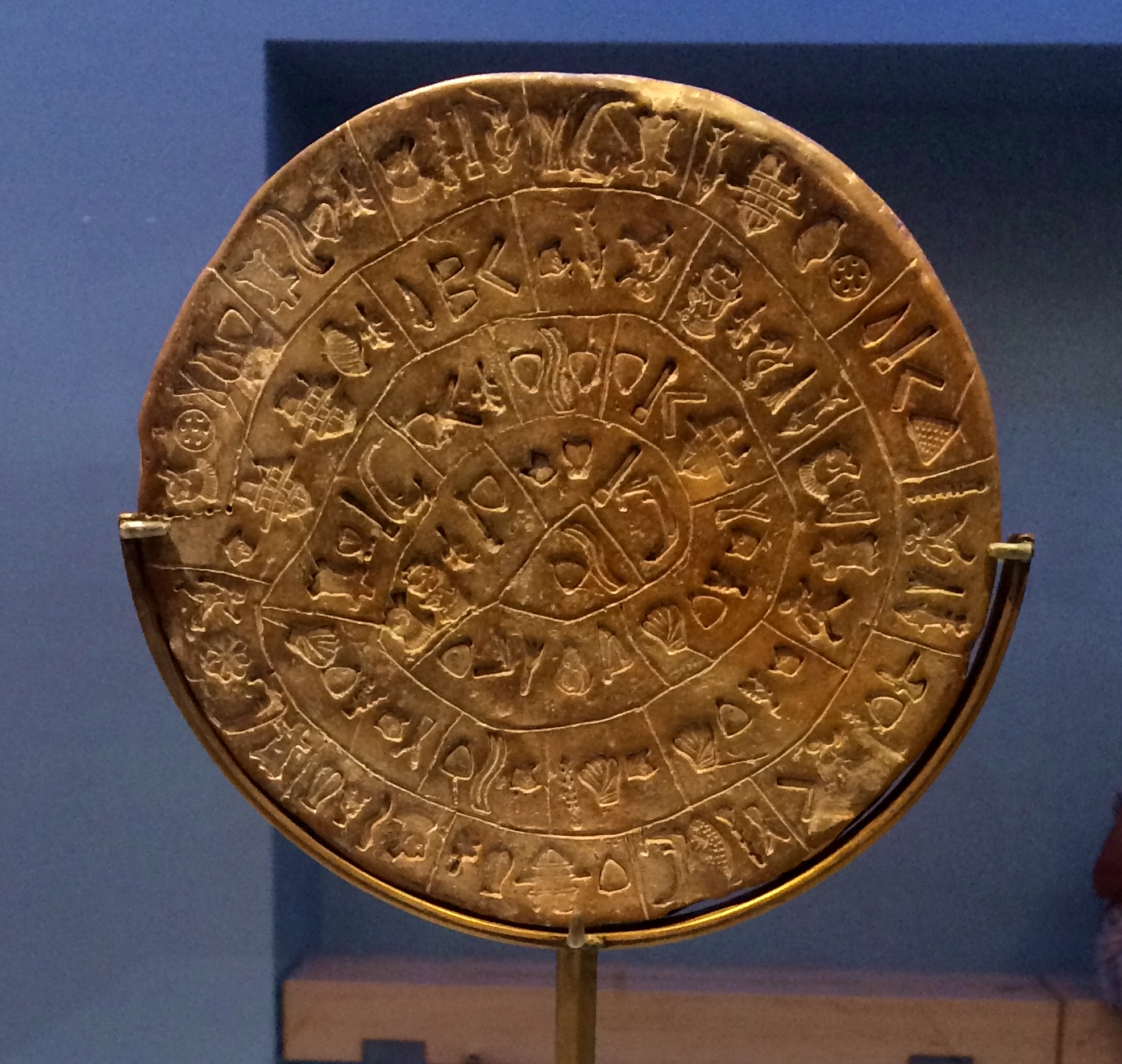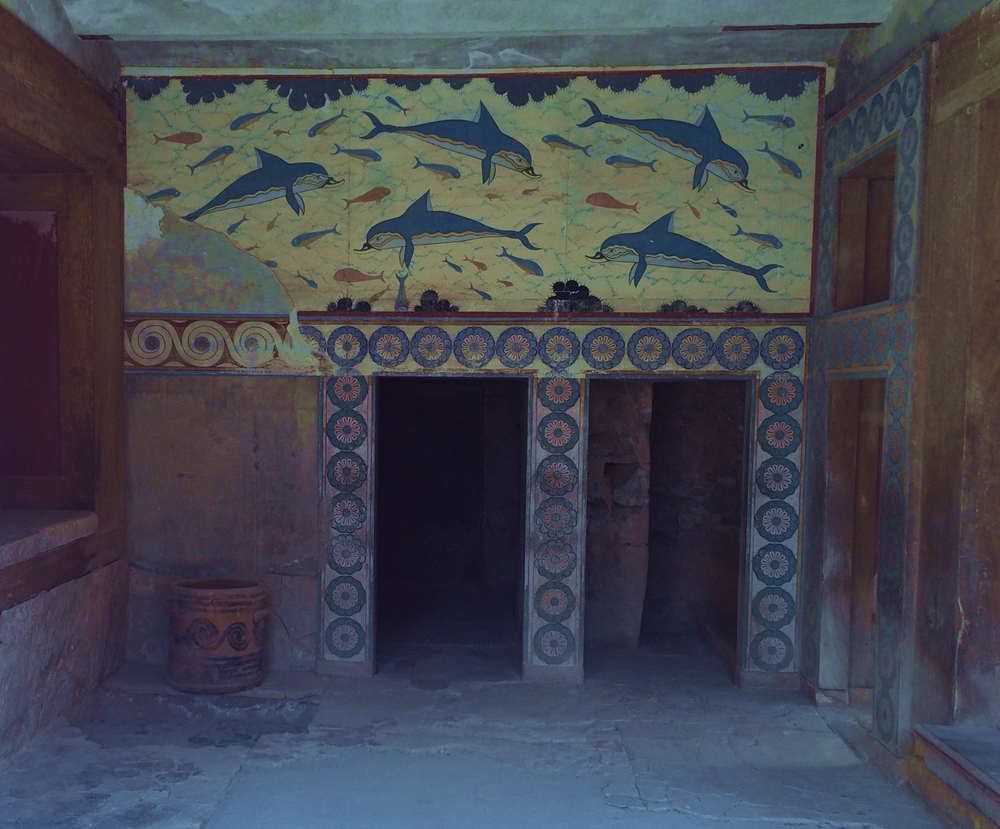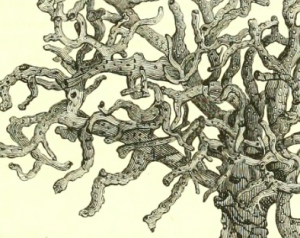The Mystery Of The Minoan Phaistos Disc
The ancient Minoans were the first civilisation in Europe. They flourished from 2600 to 1400 BC. Hundreds of years before Greece took the reigns. Minoan society all but vanished from history, probably due to some kind of natural disaster coupled with a hostile takeover.
The Minoans did leave us a wealth of artefacts to give us an idea of their life styles. They also left fragments of pottery behind with examples of their language – called Linear A – for us to peruse. Many of these lumps of clay have been deciphered; they mostly talk about functional and economic things, like how many of these he has and who owes what.
There is one rather stunning bit of pottery that has defied translation. And that is the Phaistos disc. Everyone loves a mystery, especially archaeologists, but despite countless hours of work, no one has yet understood its shapes and forms.
The language, or list of symbols, is not in Linear A (or the later version of the Minoan language, Linear B), which has led some scholars to believe that either the disc is a forgery or was made somewhere else before being laid to rest at Phaistos palace in southern Crete.
The Phaistos disc is yet to be officially dated which adds extra fuel to the fire for those who believe the disc to be a forgery. Estimates of its antiquity range from 1850 to 1400 BC, in other words, no one knowns for sure.
The Phaistos disc consists of 242 symbols, 45 of which are unique. As you can imagine, an ancient mystery like this has attracted a lot of interest and a lot of sleuthing. Virtually all bases have been covered as far as guess work is concerned, including prayers, a narrative or an adventure story, a “psalterion”, a call to arms, a board game, and a geometric theorem.
The general consensus is that unless other artefacts are found bearing similar symbols, the code may not be broken. There is not enough context.
Next I will give a snap shot of some of the translations given by researchers of the Phaistos disc. But before I do, here’s what Wikipedia says, as a note of warning:
A large part of the claims are clearly pseudoscientific, if not bordering on the esoteric.
You have been warned.
1911 – George Hempl
Hempl’s interpretation goes like this:
Lo, Xipho the prophetess dedicates spoils from a spoiler of the prophetess.Zeus guard us. In silence put aside the most dainty portions of the still unroasted animal. Athene Minerva, be gracious. Silence! The victims have been put to death. Silence!
1975 – Jean Faucounau
Faucounau interprets the Phaistos disc as a funerary hymn to Arion, child of Argos, destroyer of Iasos. He believes the disc was designed and created by the proto-Ionians – an early hypothetical group of ancient Greeks who were the first to use Ancient Greek:
Arion, the son of Argos, is without equal. He has distributed the spoil of battle.
2004 – Achterberg et al.
Achterberg believes the language to be Luwian in origin. Luwian is an ancient Anatolian language. The text begins:
In Mesara is Phaistos. To Nestor, to the great [man] in Ahhiyawa.
2011 – Jiri Matejka
Jiri believes the language is proto-Slavic. Here is his translation of Side A:
Me guard them stricken down I am. Me stamp out
all completely. Me directly brute make
from me. As a whore of palace they depict me.
Me! They scar me here mow
me. As whore depict what an intercourses are
with me. As whore I. Tomcats, passionate
cocks are all of you. Me wrote,
when being damned rams pastured. I,
taught for braid to remember
main fortress. Me felt horror. I,
lying there. Enslaved as rams,
shouting, they are punishing bastards there. (I was)
soft to me. I am undergoing a lot.
And this is his version of Side B:
Pop farted so as he got poopooed as he was
Full of the hen. Pop has well being, understandably.
So I, full of woes, to you want go I.
I wouldn’t take any carriage,
By walk, full of bones, to you want go I.
They know how to pay back here – by burial.
To you I want to go. Here said, that you are
full of bull bones. To you want go I.
They know how to pay back here – by burial.
Loved one, come here, run for me.
I conceal, not to fear,
to you and I could all desire
kisses in arms supply. Me awaits
humiliation enslavement full. Sacrificed
I am. I depict enslavement bogged down I
piteous entirely.
2014 – Dr Gareth Owens
The most recent attempt at decipherment comes from Dr Gareth Owens who based his translation on Cretan hieroglyphics and Linear A and B. He believes the discs were a prayer to a Minoan goddess because of some of the symbols used, but he hasn’t translated the text verbatim.
As I mentioned previously, many experts don’t believe we can translate the Phaistos disc reliably until further examples of the language are unearthed. So I guess we’ll have to wait until then to be sure. I do love a good mystery, but I prefer it when it’s solved.
MORE ANCIENT MYSTERY:
RONGO RONGO ANOTHER ANCIENT CODE




















